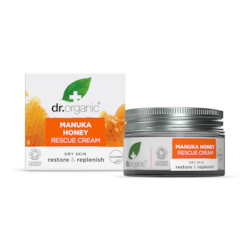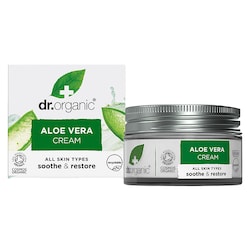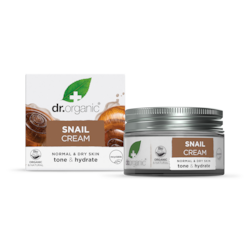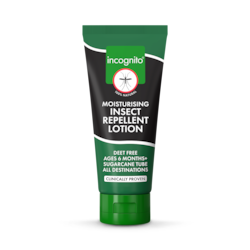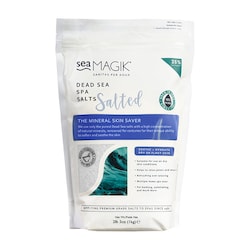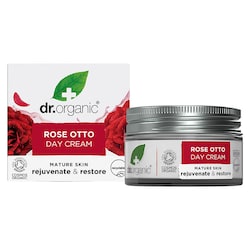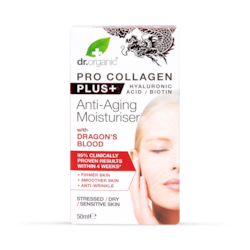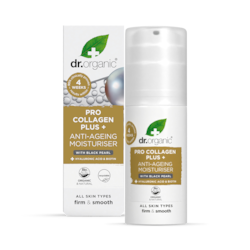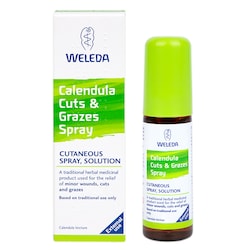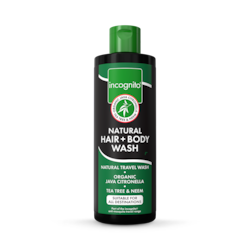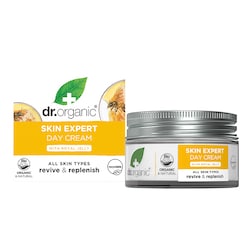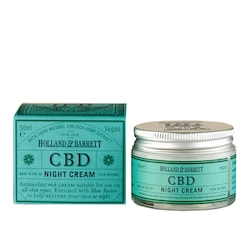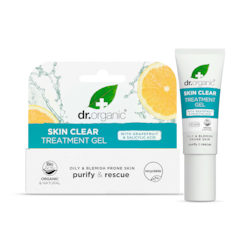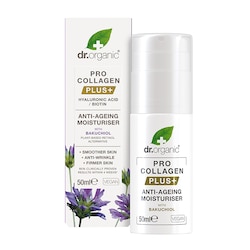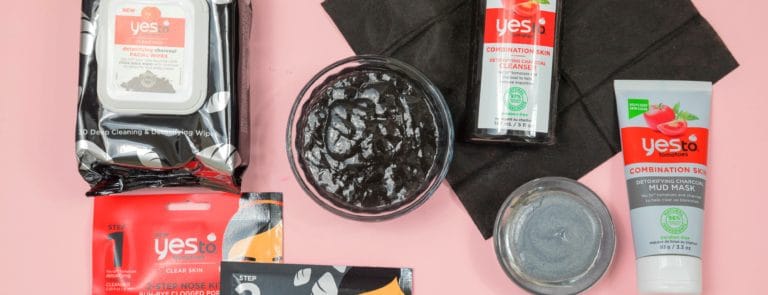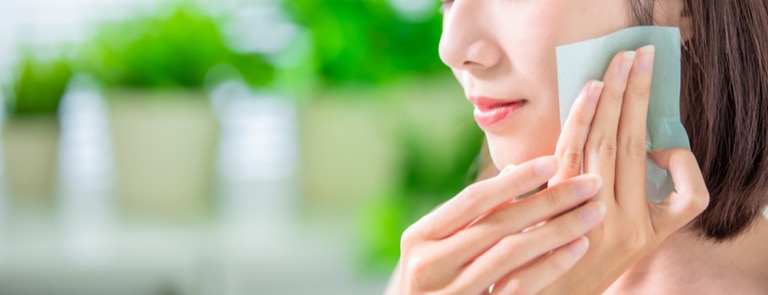20% off £30
Q&A: What is psoriasis?
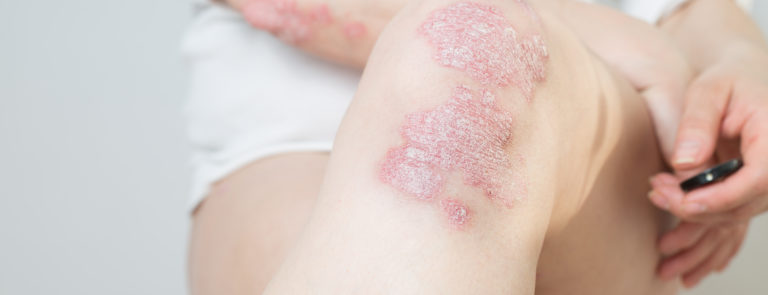
Are you unsure of what psoriasis is and therefore interested in finding a bit more about it? Perhaps you’ve just developed it or have lived with it for years?
Or maybe you know somebody, a friend, colleague or family member, who’s impacted by it?
Whichever path has led you to this article, we're glad that you’ve made it here because it’s designed to provide you with a useful overview of psoriasis.
Hopefully, by the time you’ve reached the end, some – or maybe all - of the information gaps you may have had about psoriasis will have been filled.
So without further ado, let’s take a closer look at psoriasis….
Q. What is psoriasis?
A. According to the NHS, psoriasis is, ‘A skin condition that causes red, flaky, crusty patches of skin covered with silvery scales.
These patches normally appear on your elbows, knees, scalp and lower back, but can appear anywhere on your body. Most people are only affected with small patches. In some cases, the patches can be itchy or sore.’
Now for the more scientific explanation of psoriasis:1
Psoriasis is an autoimmune disorder that happens when our immune cells, which are referred to as T lymphocytes or T cells, effectively turn on our healthy skin cells.
As a result of these ‘attacks’ the healthy skin cells die off much sooner than normal, usually in around three to five days.
Skin cells that aren’t attacked by T cells, typically live around 20 to 28 days.
Seeing as the healthy skin cells aren’t living for as long as they usually would, overall skin cell reproduction essentially goes into overdrive.
And because the skin is regenerating so rapidly, the skin cells don’t always have the time to be shed and fall off. In turn, this shorter cycle can lead to a build-up of skin cells forming.2
Q. Who gets psoriasis?
A. Pretty much anybody can get psoriasis. Men, women, girls, boys, it’s something that can potentially impact us all at some point.
Levels among men and women are pretty similar3, although most people tend to develop it between the age of 15 and 35.4
Around 10 to 15% of people with the condition have it before they reach the age of ten. It’s also possible for babies to get it too, but this is rare.
Psoriasis isn’t something you can catch from other people. i.e. it isn’t contagious and the patches that it causes aren’t infectious either, no matter how sore or inflamed they may look.5
As for psoriasis rates, around 1.3 to 2.2% of the UK population reportedly has the skin condition6.
And if somebody in your family has psoriasis, then you are more at risk of developing it yourself at some point.
If one of your parents has psoriasis, you have about a 10% chance of getting it. If both of your parents have psoriasis, then the risk is significantly higher, around 50%.7
Q. How is psoriasis diagnosed?
A. Psoriasis isn’t something that’s diagnosed with blood tests. Diagnosis is usually made by a dermatologist or other medical professional simply examining the skin that’s been affected.
In some instances, a biopsy of the skin may be taken and examined in closer detail.
When biopsied, psoriasis skin looks thicker and inflamed when compared to skin with eczema.8
Q. What causes psoriasis?
A. As we’ve just mentioned, psoriasis can be passed on by people’s parents.
There are many other things that can trigger it too. Some of these psoriasis causes, include:9
• Stress
• Cold and dry weather
• HIV infections
• Medication, such as lithium, beta-blockers and antimalarials
• Withdrawing from corticosteroids
• Strep throat (this is particularly common for young people)
• Skin injury or trauma
People with psoriasis also tend to have:
• Lymphoma
• Heart disease
• Obesity
• Type 2 diabetes
• Metabolic syndrome
• Depression
Q. What are the different psoriasis types?
A. There are five main different types of psoriasis. They are:
-
Plaque
Is the most common form of psoriasis. It looks like raised red patches that are covered with a silvery white build-up of dead skin cells.
This is what scalp psoriasis is too. Plaque patches can also appear on people’s knees, elbows and lower back.
-
Guttate
Looks like small, dot-like lesions. It often starts in childhood or young adulthood and can be triggered by a strep infection. This is the second most common type of psoriasis.
-
Inverse
Shows up as extremely red lesions that form in body folds, such as behind the knee, under the arm or in the groin. It may look like it’s smooth and shiny.
-
Pustular
Causes white pustules that are surrounded by red skin to form. It mainly develops on people’s hands and feet and, despite the blisters, isn’t contagious.
-
Erythrodermic
Is a particularly severe form of psoriasis that leads to widespread, fiery redness developing over most of the body.
It can cause severe itching and pain and make skin peel off in sheets.
Q. How do you treat psoriasis?
A. Psoriasis can’t be cured, but there are treatments out there that people can use to manage their symptoms.
Topical treatments include corticosteroids, retinoids, Calcineurin inhibitors, salicylic acid, coal tar, Anthralin and light therapy, as well as oral or injected medications, such as steroids and Methotrexate.
There are several alternative therapies that can potentially help with psoriasis too, such as aloe vera extract cream, fish oil supplements and essential oils.10
We hope you’re a bit clearer on psoriasis than you were at the start of this article? For more information about treating psoriasis, have a read of this post, 3 ways to treat psoriasis.
Last updated: 29 December 2021
- https://www.britannica.com/science/psoriasis
- https://www.healthline.com/health/psoriasis
- https://www.britannica.com/science/psoriasis
- https://www.psoriasis.org/about-psoriasis
- https://www.psoriasis.org/about-psoriasis
- https://www.nice.org.uk/guidance/cg153/chapter/introduction
- https://www.healthline.com/health/psoriasis/is-psoriasis-hereditary
- https://www.psoriasis.org/about-psoriasis
- https://www.healthline.com/health/psoriasis/is-psoriasis-hereditary#risk-factors
- https://www.mayoclinic.org/diseases-conditions/psoriasis/diagnosis-treatment/drc-20355845




